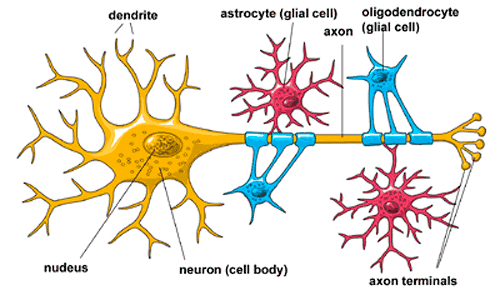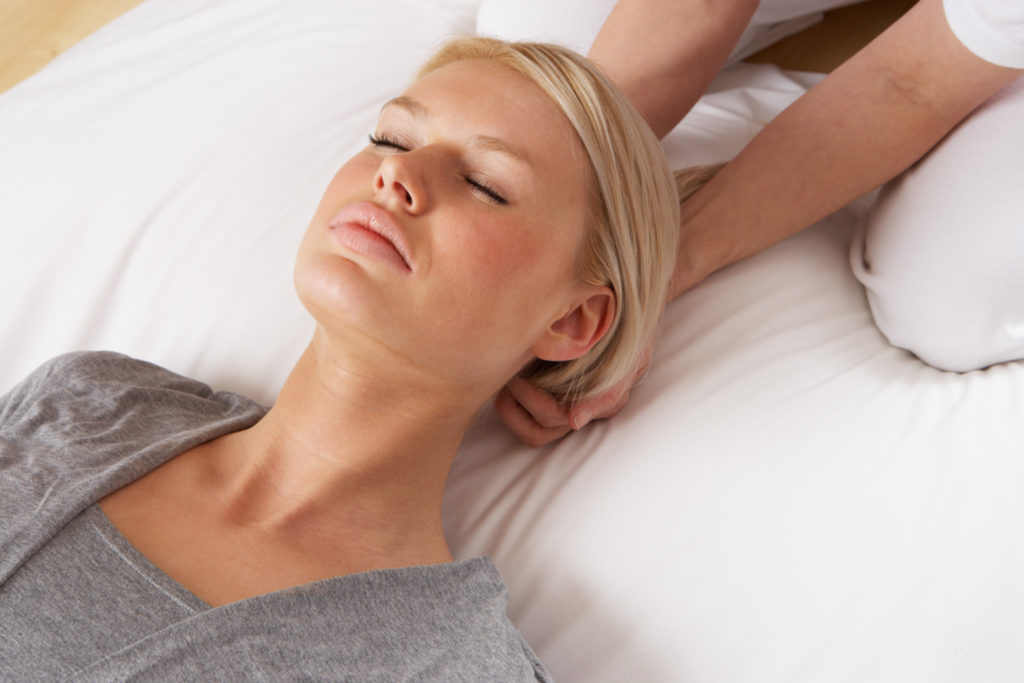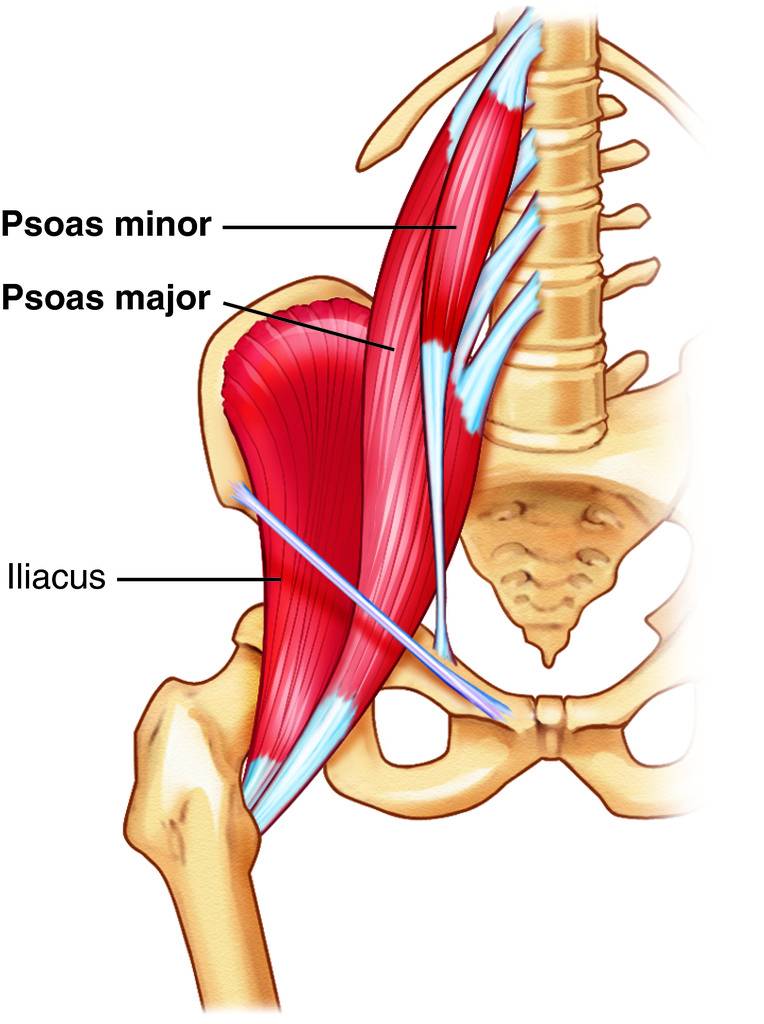Relax with Safe Hands in Craniosacral Therapy
Good news! You can Relax again
Do you want to get your mind and body back on track? Find a way to relax again?
Most people who come into my office are looking for help in one of the four following situations:
- Chronic Pain
- Anxiety
- PTSD
- Concussions and TBI’s
Craniosacral Therapy in particular seems to address the symptoms associated with these conditions well.
One of the reasons why I became so intrigued with the Craniosacral type of work was that my practice attracted these types of issues, and I wanted to find a way to really connect and serve my clients. It was easy for me to see that many of the people who came in for a massage were feeling tense, and uncomfortable with their bodies. They were feeling stressed and afraid. So the first question I asked myself, was how do I help these people to feel better? And of course- the first thing that seemed necessary was to create a positive and trusting environment that allowed for deep healing.
How did I do start this journey?
I studied massage and bodywork, but also delved into body centered psychotherapy. With 2 years invested in Hakomi and some time studying trauma at SPI, I gained a good understanding of techniques. But I also went and had my own sessions so that I could expand and deepen my experience and hold a more rich and diverse space for clients to open up. I sincerely believe, that the more present we can be with ourselves as facilitators to the healing process, the more we are present for our clients. Furthermore, I studied at the Upledger Institute into the Advanced Levels, as well as going through the Highest Certification possible with them: The Diplomate. For this, I learned their methods on how to work with people on the table who were in need of emotional processing. This work is called SomatoEmotional work.
Some of the common principles that I work with are:
- Creating Sacred Space- A place of safety and trust.
- Allowing organic process to appear. No forcing or pushing, but rather being in time and space together.
- Mindfulness- bringing awareness to the body in a gentle and kind way.
- Using light touch that is caring. This allows the defensive patterns to be bypassed to go deeper.
- Being aware of healthy boundaries
- No giving advice. The Client has their own inner wisdom that can be engaged for self-empowerment.
- Listening on various levels. Clients have much to say verbally, but also non-verbally. The body is a crucial aspect of the healing process.
- Trusting the tissues, and the dialogue that happens in the silence.
- Staying curious and in neutral. This means no judgments.
- Keeping the work confidential unless instructed otherwise by client.
- Using techniques that are supportive and nourishing.
Coming into the office, it’s important to find out for each individual, what helps them to relax. Sometimes people with anxiety and PTSD don’t have a clue how to do that. They may be used to living with hyper vigilance, guilt, disassociation, and or intrusive thoughts, just to name a few challenges. People who are tense or/and are in pain might not be able to focus on anything else. And I as the Craniosacral Therapist need to understand that there might be trauma, violence or emotional scarring that needs to be acknowledged.
So I listen to see what the stressors are. We address them one by one in a variety of ways. Sometimes this may take a few minutes and the person is snoring on the table, and other times, it may take many sessions. With patience, often the gentle touch of Craniosacral Therapy can sooth the Central Nervous system. I have had clients tell me after a few sessions that they can’t remember ever being so relaxed. The Craniosacral Therapy works with the cerebrospinal fluid that circulates around the brain and the spinal cored. Believe it or not, we craniosacral therapists can feel how it works with the body through a flexion and extension motion that can be felt anywhere on the body. Often when the system shuts off, we can tell when something significant is occurring, helping the body to release any cellular dysfunctioning. Our intention is to continue to support in as gentle a way a possible whatever unfolds and is ready to process. Also, I have personally studied the brain quite a bit, and find that is possible to directly dialogue with the tissues (i.e. meninges). Often clients who have not healed completely from concussions and TBI’s find great relief, more clarity, balance and presence after a series of sessions.
The key to learning how to relax again, and to letting go of painful and fearful states, is to bring awareness back to self in a kind, and compassionate manner. To be able to work together going deep into the Central Nervous System, we can help the body to come into better organization in its more natural way of being.
If you would like to find a way to relax again, safe hands and safe presence will help you to remember the way.
Sharon Hartnett CST-D
Worthington, Ohio|Serving the Columbus Area
614 653-8111
To find out more about Craniosacral Therapy, check out my main page.



